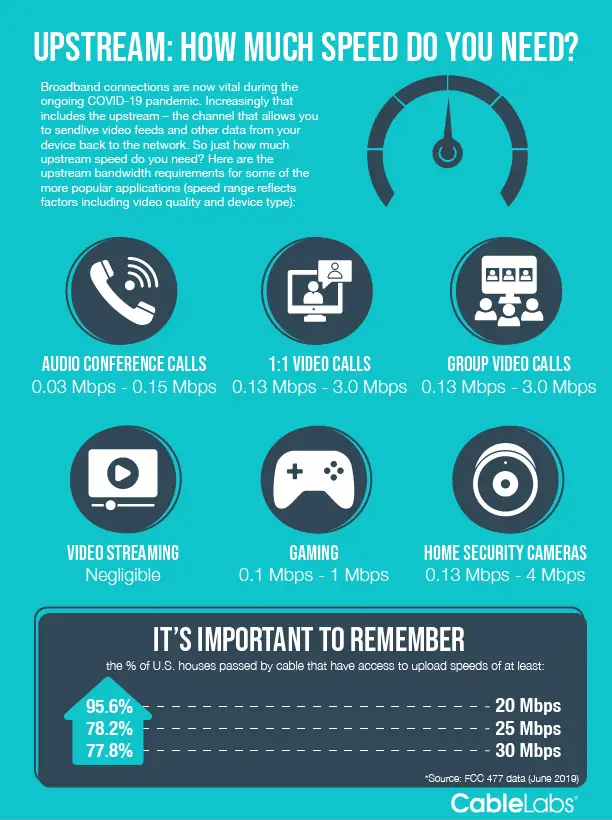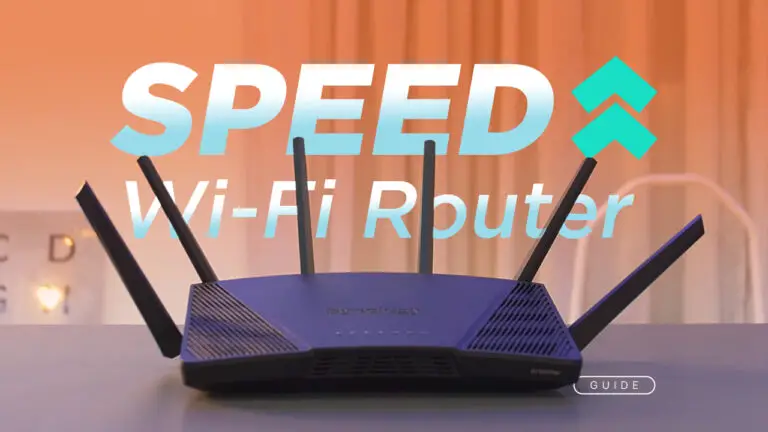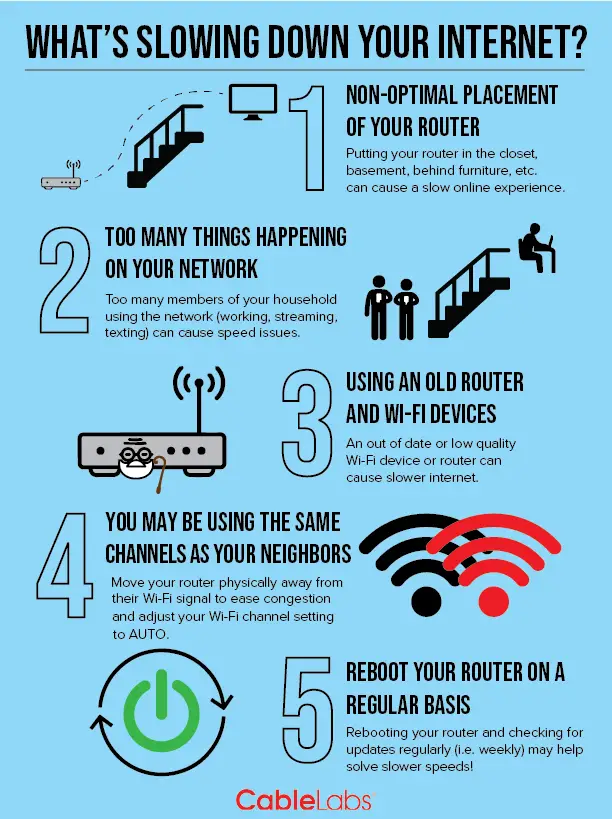Understanding the Basics of Internet Connection
The internet is a foundational tool for small business owners and students alike. It’s not just a medium to access information but a gateway to the global marketplace and educational resources. A reliable internet connection is critical, ensuring that business operations run smoothly and that learning remains uninterrupted.
However, navigating the sea of internet jargon and technical specifications can be daunting. From understanding the difference between DSL and fiber optics to maximizing your bandwidth, this guide aims to demystify the basics of internet connection. Whether you’re an entrepreneur looking to bolster your online presence or a student needing a solid connection for virtual classes, this primer will equip you with the knowledge to optimize your internet experience.

A Brief History of Internet Connection: From Dial-Up to Fiber Optics
It wasn’t too long ago that the concept of instantly connecting to the vast network of information seemed like a distant dream. The internet has evolved significantly from its humble beginnings to the high-speed connections we enjoy today.
The Dial-Up Era
In the 90s, the screeches and bleeps of dial-up modems were the quintessential sound of internet connectivity. This technology used a standard telephone line to establish a connection, but its speeds were excruciatingly slow by today’s standards, often maxing out at 56 kilobits per second (Kbps).
Broadband Revolution
The early 2000s brought the widespread adoption of broadband internet. With its introduction came a substantial increase in speed and the ability to maintain a constant connection while still using the phone. Broadband became an umbrella term used to describe a variety of high-speed internet connections, including DSL, cable, and satellite.
Fiber Optics
The most recent leap in internet technology is fiber optics, which transmits data using light beams through glass fibers. Fiber optic connections offer unparalleled speeds, reliability, and signal clarity, making them the gold standard for internet service today.
Understanding the Types of Internet Connections
When it comes to choosing an internet connection, there are various options available, each with its own set of pros and cons. Here’s a quick rundown of the most common types of internet connections.
Broadband
Broadband connections offer high-speed internet access compared to traditional dial-up. They include:
- DSL (Digital Subscriber Line): Uses existing telephone lines to transmit digital data.
- Cable: Relies on cable television lines for internet connectivity.
- Satellite: Accesses the internet through a satellite provider, often used in areas where terrestrial broadband isn’t available.
All of these broadband types differ in terms of speed, cost, and availability based on your location.
Fiber Optic
Fiber optic connections are the fastest of all internet types, capable of delivering speeds up to 10 Gbps in some areas. They’re a popular choice for businesses and heavy internet users who require a lot of bandwidth for streaming, online gaming, and large file downloads.
Wireless
Wireless internet connections are a convenient option for many, especially those who require internet on the go or at home without the need for physical connections. These include:
- Wi-Fi: Allows multiple devices to connect to a single internet source without cables.
- Cellular: Uses a mobile network to connect to the internet and is becoming increasingly fast with the advent of 5G technology.
Factors Affecting Internet Speed and Reliability
Your internet speed and reliability depend on several factors, some of which are within your control and others that aren’t. Understanding these variables can help you troubleshoot potential problems and ensure you’re getting the best connection possible.

Bandwidth
Bandwidth is the maximum amount of data that can be transmitted through an internet connection in a set amount of time. It’s often the main determinant of your internet speed. More bandwidth means a faster connection capable of handling more data simultaneously.
Hardware
The quality and state of your networking equipment, such as routers and modems, can greatly influence your internet performance. Outdated or malfunctioning hardware can create bottlenecks and slow down your connection.
Interference
Interference from other electronic devices or neighboring networks can disrupt your internet connection. This can result in slower speeds and a less reliable connection, especially in crowded urban areas or apartment buildings.
Tips for Optimizing Your Internet Connection
To ensure you’re getting the most out of your internet service, consider the following tips for connection optimization.
Updating Your Equipment
Outdated routers and modems can’t keep up with the latest internet speeds. Upgrading to newer equipment, especially if you switch to a higher-speed plan, can make a significant difference in your internet experience.
Managing Bandwidth
If you find that certain activities, like streaming or gaming, are slowing down your internet, consider managing your bandwidth. QoS (Quality of Service) settings on your router can help prioritize what gets the most bandwidth, ensuring critical applications run smoothly.
Security Considerations
Securing your Wi-Fi network with a strong password and encryption can protect against unauthorized users leeching your bandwidth. It also prevents unwanted interference, which can improve your connection’s reliability.
Looking to the Future: Emerging Technologies in Internet Connectivity
The world of internet connectivity is always advancing. Here are a few upcoming technologies that could shape the next phase of online communication.
5G
While 5G isn’t just an enhancement for home internet, it promises to bring incredibly fast speeds, low latency, and increased capacity to mobile and home internet connections. It’s set to revolutionize the way we connect to the web, especially as more and more devices become IoT (Internet of Things) enabled.
Mesh Networking
Mesh networking comes as a solution to cover larger areas with a strong, reliable Wi-Fi signal. It uses multiple routers or nodes placed throughout your home or office to create a “mesh” of connectivity, ensuring that you can get online from virtually anywhere without signal dropouts.
Internet from Space
Companies like SpaceX and Amazon are working on satellite internet services that promise to deliver high-speed connectivity from space. This technology could provide internet access to remote areas or serve as an alternative to traditional internet service providers in urban locales.
Conclusion
As the reliance on the internet grows, especially in the context of small businesses and education, understanding the basics of internet connection is crucial. From the type of connection you choose to the factors affecting your speed and reliability, each element plays a significant role in your online capabilities.
By staying informed about the latest internet technologies and taking proactive steps to optimize your connection, you can ensure that the web remains a powerful tool that empowers your business growth and educational pursuits. Share this post with others to spread the knowledge and experience the transformation of a fully optimized internet connection!







